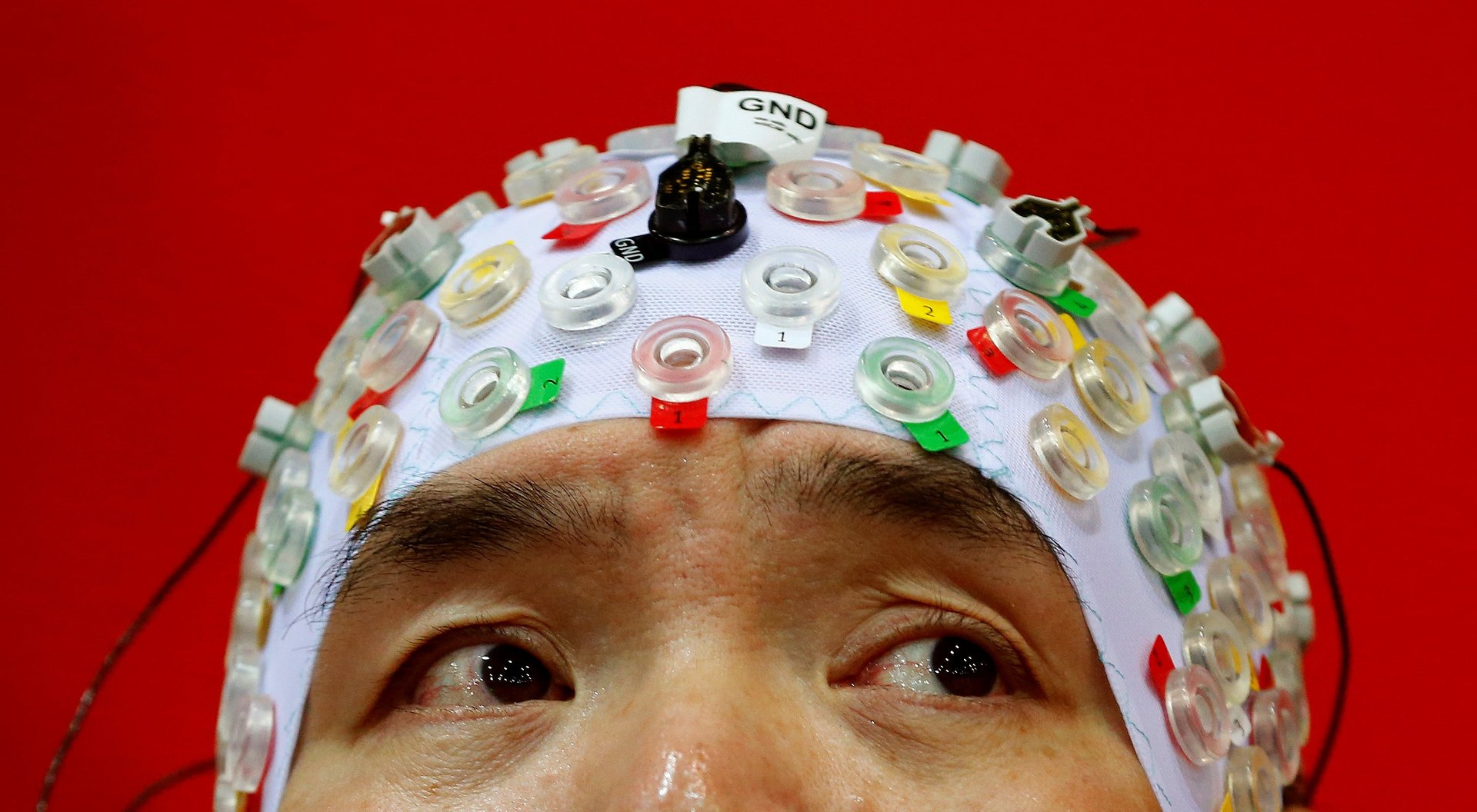A new study finds compelling evidence that the brains of those with ADHD are different than the rest of the population
Kids with attention deficit hyperactivity disorder (ADHD) are often believed to simply be difficult, and parents often feel they have failed their child in some way.


Kids with attention deficit hyperactivity disorder (ADHD) are often believed to simply be difficult, and parents often feel they have failed their child in some way.
The largest brain-imaging study yet of people with ADHD may help to change some of that.
The research used brain images of 1,713 people who had been diagnosed with ADHD and 1,529 people who had not; participants were between four and 63 years old. The team of scientists looked at seven areas of the brain and found that for five of them, the volume of those regions was smaller in those with ADHD.
The five areas affected were the caudate nucleus, putamen, nucleus accumbens, amygdala and hippocampus. The amygdala plays a role in regulating emotion; the nucleus accumbens is associated with reward processing; and the hippocampus is associated with motivation and emotional problems. (Prior research had shown links to the caudate nucleus and putamen).
The differences observed were most prominent in children with ADHD and not as apparent in adults, leading the researchers to propose that the disorder may be characterized by delayed brain development.
“The results from our study confirm that people with ADHD have differences in their brain structure and therefore suggest that ADHD is a disorder of the brain,” Martine Hoogman, the lead author of the study who works at Radboud University Medical Center in the Netherlands, said in a statement. Hoogman added that she hopes the findings will help reduce certain social stigma associated with ADHD, notably that the disorder is the result of poor parenting or bad kids.
Neuroimaging is very expensive, which means sample sizes in studies that rely on the technique are often small. That has made it hard to definitively conclude that ADHD impacts certain regions of the brain.
This study, due to its much larger size, can make that link, says Arthur Caye, a psychiatry PhD student at the Hospital de Clínicas de Porto Alegre in Brazil who has published research on ADHD, and who was not involved in the study.
“Many people doubt not only the existence of the disorder, but also its biological basis,” he says. ”This is another big confirmation that it is a disorder of the brain and it will help with the stigma that ADHD is something created socially.”
Caye says the finding around the amygdala was particularly interesting, as researchers have known that many children suffered from poor emotional regulation, but that imaging had not connected the dots. “These results make sense in terms of pathophysiology, or how a disease works,” he said.
The authors also noted the importance of the amygdala finding because emotional regulation problems are not part of the current official diagnosis for ADHD. They hope that might change.
The research was conducted by ENIGMA (Enhancing Neuro Imaging Genetics through Meta Analysis), an ADHD-working group which brings together scientists around the world and from various fields to study the brain. One weakness of the study was that it was not longitudinal, so could not reveal anything about how the disorder changes over time.
The authors say they hope the research might remove some of the misconceptions about the disorder, and put it on par with more commonly understood mental health issues. “We hope this work will contribute to a better understanding of ADHD in the general public, and that it becomes as apparent as major depressive disorder, for example, that we label ADHD as a brain disorder,” Hoogman and her colleagues wrote.